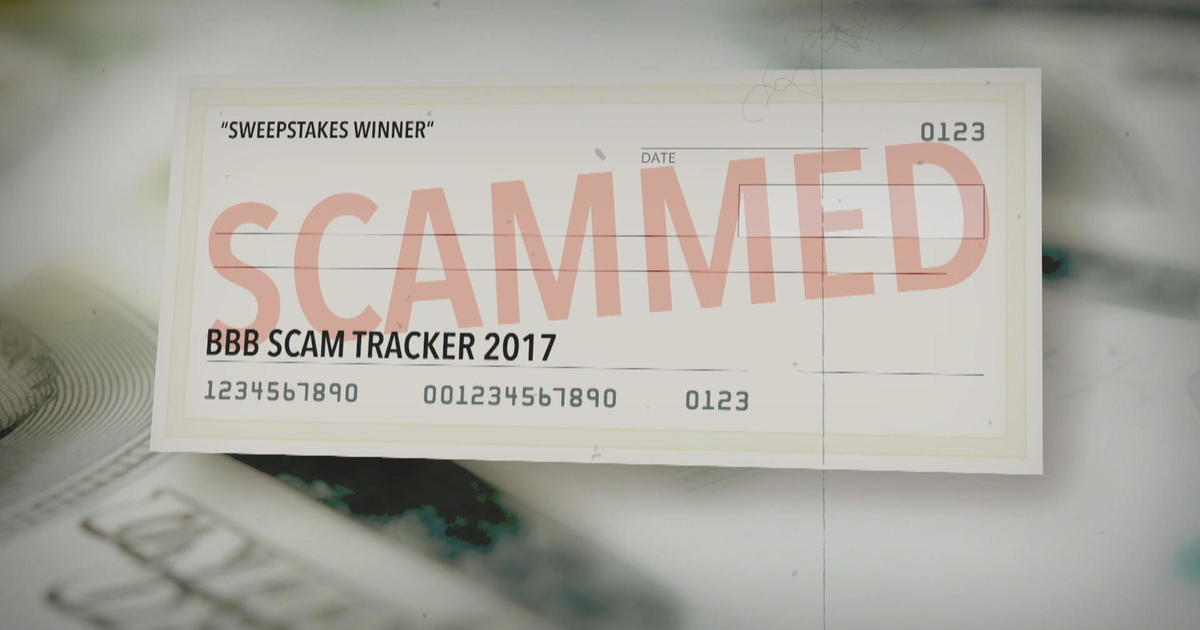
Sweepstakes, lottery, and prize scams remain among the most significant and pervasive frauds operating today.
While rooted in practices as old as gambling, these schemes have evolved, now commonly telling individuals they have won substantial sums in a lottery or sweepstakes. Scammers sometimes even misuse the well-known name of Publishers Clearing House Sweepstakes. Victims are then instructed to send money, purportedly for taxes or other necessary costs, before they can receive their prize.
Unfortunately, the promised prizes never materialize. This fraud continues to cause immense financial loss and emotional devastation to victims across the United States and Canada.

The scale of the problem is considerable. Enforcement agencies in the U.S. and Canada received reports from nearly 500,000 people about this fraud over the last three years.
In 2017 alone, reported losses totaled $117 million. However, previous studies suggest that less than 10 percent of fraud victims ever report their losses to authorities or organizations like the Better Business Bureau (BBB), indicating the actual number of victims and losses is likely at least ten times larger.
Despite the common belief that this fraud is rare, these figures underscore that sweepstakes and lottery fraud is incredibly common. The BBB Scam Tracker, an online tool, received 2,820 reports about these scams in 2017, with a median loss of $500. Wire transfer was the most frequent payment method reported.

According to the 2017 Federal Trade Commission’s (FTC’s) Consumer Sentinel Network (CSN) Data Book, sweepstakes, lottery, and prize fraud ranked as the third-most common type of fraud reported, following imposter claims and complaints about telephone and mobile services. It was also the third-most common complaint to the Senate Aging Committee in 2017.
The Internet Crime Complaint Center (IC3) and the Canadian Anti-Fraud Centre (CAFC) together with the FTC received nearly 150,000 complaints about this type of fraud in 2017 alone. The scope of the problem highlights the persistent threat posed by these deceptive schemes.
The data shows that these frauds disproportionately target older individuals, who also suffer the largest losses by far. Law enforcement efforts confirm that mass prize mailings and Jamaican lottery frauds specifically concentrate on older people.
Complaint data supports this thesis, with more than half of victims being over 60. Those over 70 years old account for over two-thirds of the total losses related to this scheme.

A 2013 FTC study, based on a phone survey, estimated that 2.4 million adults had been victims of prize promotions fraud in the previous year, although this included various types of promotions not limited to sweepstakes or lotteries.
The survey did identify common factors among victims that are likely applicable today. The majority of victims were between 65 and 74 years old. Those who had experienced a serious negative life event in the previous two years, such as divorce, the death of a close friend or family member, or job loss, were more than three times more likely to become victims.
Other factors included a greater willingness to take risks and anticipating that their income over the next three years would remain the same or decline. These factors suggest psychological vulnerabilities that scammers may exploit.
While some studies indicate older consumers might be slightly less likely to be fraud victims overall, evidence suggests they are more susceptible specifically to sweepstakes fraud. Reasons speculated include that fraudsters hope to find victims with mild cognitive impairment, dementia, or Alzheimer’s disease, who may continue sending vast sums, potentially hundreds of thousands or even millions of dollars.

Seniors may also have more financial resources and are often easier to locate due to stable addresses and phone numbers. A CNN report highlighted the tragic case of an older man suffering from Alzheimer’s who sent all his funds to scammers and then committed suicide when the prize money never arrived.
A study at Scripps College showed how people respond to prize mailings. Researchers found that the decision to respond heavily depended on a person’s assessment of risk versus potential reward. Nearly half of the subjects indicated interest in responding, and even when an activation fee of $5 to $100 was required, nearly a quarter remained interested.
The methods used by fraudsters have evolved. Initially relying on direct mail, they have moved to cold calls and increasingly utilize social media platforms.

Callers often contact victims “out of the blue,” claiming they have won a large sum of money. They build excitement, asking what the person will do with the winnings and even suggesting a photographer or TV crew might be present for the prize delivery. Victims are often instructed to keep the win secret to “prevent fraud,” which isolates them from potential advice from friends or family.
The trap is then sprung: the scammer demands taxes or fees be paid before the prize can be delivered. Victims are pressured to act quickly and typically instructed to send money via wire transfer through services like Western Union or MoneyGram. The requested amounts usually start at several hundred dollars.
Fraudsters often impersonate legitimate entities like Publishers Clearing House, which explicitly states it never calls winners in advance and never requires payment to receive winnings. They may also claim to be with Mega Millions, a lottery that requires ticket purchase to win, unlike a sweepstakes.
Those who pay once are almost always asked for more money. Scammers invent various excuses, such as needing funds because they were stopped by police or tax authorities while driving to the victim’s house, or requiring money for security guards to accompany the cash. These requests can continue for extended periods, sometimes years, with no actual prize ever awarded.

The crooks are highly professional, employing scripted answers and urgency tactics to make victims believe they must act immediately or lose the prize. It is difficult for many people to detect deceit simply by talking on the phone, and the sheer audacity of the “Big Lie” – that the entire transaction is fraudulent – can be hard for victims to grasp.
Scammers tell victims what they want to hear. Millions of people participate in lotteries and sweepstakes, hoping to win. Victims are often not primarily driven by greed, but by the desire to do good things with the money, such as helping family in financial distress, funding a grandchild’s education, or for seniors, perhaps increasing their importance in their families’ lives.
Secrecy is a crucial element, as victims are cautioned not to tell anyone about the award before receiving winnings. This prevents victims from consulting with others who might identify the scam.
Some victims become “whales” in the scammers’ parlance, continuing to send money repeatedly for various fabricated fees, including taxes, insurance, courier fees, airport taxes, or document fees, over weeks, months, or even years. Chronic victims have lost hundreds of thousands, and in some cases, millions of dollars.
The tendrils of this deceit reach across continents, shattering lives and fueling violence far from the initial point of contact. The stories of victims, from those losing a few hundred dollars to those losing millions or even their lives, underscore the devastating human cost of these pervasive operations. Awareness and caution remain powerful shields against those who profit from false hope.




